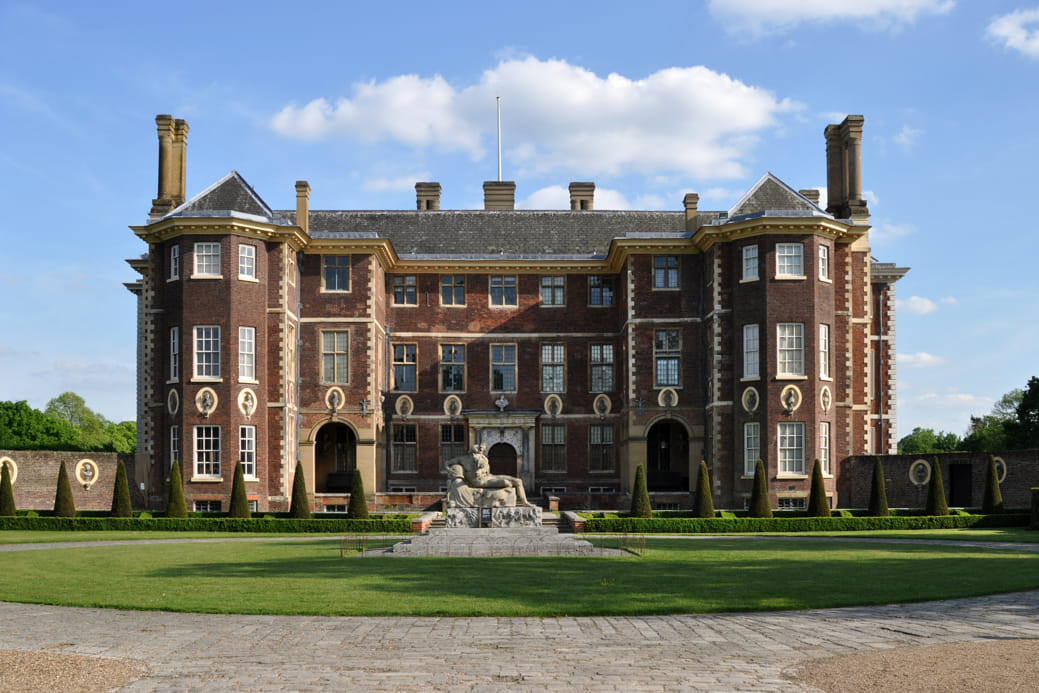Richmond Ham Building Regulations: A Detailed Exploration
If you’re contemplating a building project in Richmond Ham, understanding the local regulations is not just beneficial—it’s essential. Navigating the labyrinth of building codes can be daunting, but grasping these regulations will empower you to transform your ideas into reality while ensuring compliance with safety and environmental standards. This article dives deep into the core components of Richmond Ham building regulations, illuminating the process from start to finish.
The Significance of Building Regulations
Building regulations serve as the backbone of safe and sustainable construction. They encompass a wide range of standards designed to protect the health and safety of occupants and the community. Here’s why they matter:
Safety First: The primary aim of building regulations is to safeguard the health and safety of everyone who uses the building. They ensure that structures can withstand various loads and forces, minimizing the risk of collapses or accidents.
Preservation of Character: Richmond Ham is known for its charming architecture and community feel. Building regulations help maintain the area’s character by requiring that new constructions complement existing structures.
Environmental Responsibility: Modern regulations often include provisions that encourage eco-friendly practices, helping to reduce energy consumption and promote sustainable building practices.
Key Components of Richmond Ham Building Regulations
1. Planning Permission
Before you lift a hammer, it’s crucial to determine if your project requires planning permission. In Richmond Ham, various factors will influence this requirement, including:
- Type of Work: Significant changes, like adding an extension or converting a commercial property, typically necessitate planning permission.
- Local Impact: Any development that could affect neighbors or the environment will be scrutinized. Considerations include the aesthetic impact, privacy concerns, and environmental effects.
2. Building Control Approval
Once you’ve secured planning permission (if necessary), the next step is obtaining building control approval. This approval ensures that your project adheres to safety and construction standards. Key areas of focus include:
- Structural Integrity: Ensuring that your building is safe and stable, with designs that account for load-bearing capabilities.
- Fire Safety Regulations: Compliance with fire safety standards is paramount. This includes having appropriate escape routes, fire-resistant materials, and alarms.
- Energy Efficiency Standards: Modern regulations emphasize the importance of energy-efficient design, requiring insulation, energy-efficient heating systems, and eco-friendly building materials.
3. Accessibility Considerations
Richmond Ham’s regulations also prioritize accessibility. If your project involves public or communal spaces, compliance with accessibility standards is necessary. Considerations include:
- Accessible Entrances: Ensuring that entrances are suitable for individuals with mobility issues, which may involve ramps or level access.
- Internal Layouts: Designing spaces that accommodate wheelchairs and other mobility aids is essential for inclusivity.
4. Environmental Protection
Given Richmond Ham’s lush surroundings, building regulations are increasingly focused on sustainability. Developers are encouraged to:
- Use Sustainable Materials: Choosing eco-friendly materials contributes to minimizing environmental impact.
- Implement Water Management Solutions: This includes measures like rainwater harvesting and permeable surfaces to manage runoff.
- Optimize Energy Use: Projects should aim to meet high energy performance standards, contributing to the overall reduction of carbon footprints in the community.
The Application Process: Step-by-Step
Step 1: Pre-Application Advice
Before diving into your project, consider seeking pre-application advice from the local council. This consultation can clarify which regulations apply to your specific project and help you prepare a robust application.
Step 2: Submitting Your Application
You’ll typically need to submit one of two types of applications for building regulations:
- Full Application: This comprehensive submission includes detailed plans and technical specifications of your proposed work, allowing for a thorough review by the building control team.
- Building Notice: A less formal option suitable for minor works, where you inform the local authority of your intention to start without detailed documentation.
Step 3: Inspections
Once your application is approved, the construction phase begins. Throughout this phase, building inspectors will conduct several inspections to ensure compliance. These may include checks on:
- Foundations: Ensuring they meet structural requirements.
- Framing: Confirming that walls, floors, and ceilings are built to code.
- Final Inspection: A comprehensive review upon completion to ensure all regulations are met.
Step 4: Obtaining a Completion Certificate
After successful inspections, a completion certificate will be issued. This document confirms that your building complies with all applicable regulations and is safe for use. It’s a critical piece of documentation for future property transactions.
Challenges and Considerations
1. Historic Properties
Richmond Ham is rich in history, and many properties have specific regulations concerning alterations and renovations. Always consult with the local planning authority when dealing with historic buildings to ensure compliance.
2. Community Engagement
Engaging with neighbors early in your project can help address any concerns they may have. Building community support can significantly streamline the planning permission process.
3. Evolving Regulations
Building regulations are subject to change, so staying updated is crucial. Regularly check the Richmond Council’s website or consult industry professionals to ensure your project adheres to the latest standards.
4. Professional Guidance
Considering the complexity of building regulations, hiring experienced architects or builders can be beneficial. Their expertise will not only simplify the application process but also enhance the overall quality of your project.
Conclusion
Building regulations in Richmond Ham may seem daunting at first, but understanding and navigating these rules is essential for successful construction and renovation projects. By prioritizing safety, environmental sustainability, and community standards, you can create spaces that enhance both your living experience and the wider community. Whether you’re an aspiring homeowner or a seasoned builder, a thorough grasp of Richmond Ham’s building regulations will pave the way for a smooth and compliant construction journey.





